A lot needs to get done when you’re running an Ecommerce Marketing Campaigns. You need to uncover your audiences’ pain points and quirks, develop content ideas, publish your content on various social media platforms, etc. These tasks are time-consuming and require careful attention.
If you do these by yourself, you’ll wreck your productivity, leaving you with no time to work on the other crucial and long-term aspects of your business.
By streamlining your e-commerce marketing campaigns, you can get everything done in the least amount of time while avoiding fire-fighting.
To help you with that, we came up with these helpful tips.
Table of Contents
Toggle1.Collect and analyze data.
The advantage of e-commerce marketing is the ability to collect data from all aspects of your business.
Gathering data and analyzing them removes the guesswork when developing and streamlining marketing campaigns.
For instance, Google Analytics is one of the most popular tools among digital marketers. It serves as a starting point of data collection and analysis.
It provides valuable information about your website’s traffic. Its analysis includes visitor behaviour such as how long they stay, what pages they visit, and how they find your website on search engines.
Google Analytics even measures sales and conversion. That means it is easy to identify which stage in your sales funnel generates the most purchases.
As such, it will show you the performance of your marketing channels, such as email campaigns or PPC.
Moreover, MAP monitoring is another critical task that you should set-up before you develop your e-commerce marketing campaign.
MAP stands for minimum advertised price, also known as the manufacturer’s suggested retail price (MSRP).
Knowing your competitors’ pricing allows you to adjust your own to ensure competitiveness. It will also help your marketing team identify which products or services to highlight during the campaign.
2.Monitor existing customers
While lead conversion is necessary, customer retention is also a critical digital marketing strategy.
After all, it is much more productive to market to people who already know your brand and products.
As such, you were monitoring existing customers’ behaviour should be a significant part of your e-commerce marketing campaign.
Leads and customers usually have similar interests. Tracking the purchasing behaviour of your customers will reveal opportunities that also generate leads.
Developing marketing initiatives that cover these two demographics will not only streamline your campaign but will save you time and effort.
Instead of running distinct campaigns for leads and customers, develop activities that will capture the attention of both.
For instance, offering rewards to loyal customers will encourage repeat purchases.
On the other hand, pushing the same promotion to leads will convert them into customers as shoppers usually gravitate towards deals and similar programs.
3.Use automation.
It’s almost impossible to separate automation when you think about streamlining processes. Whether you’re doing email marketing, planning your SEO, running a social media campaign, content marketing, etc., there is almost always a set of tasks that you can automate.
Because you only have to set your automation workflow once, it becomes a huge time-saver.
You can avoid spending countless minutes doing repetitive tasks since your automation platform can do that.
Omnisend is a classic example of an automation tool used by e-commerce entrepreneurs.
It allows you to build an automation workflow to help nurture and convert your leads into customers, or even bring your existing customers to buy new products from you.
Here’s an example workflow from Omnisend.
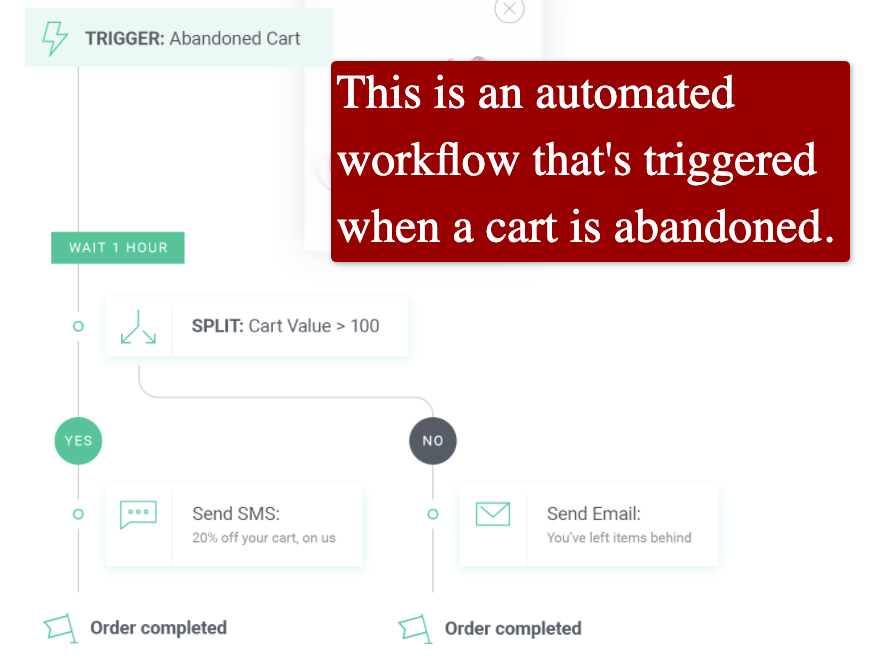
(Image Source: Omnisend)
With automated workflow and a reliable e-commerce platform, your marketing campaigns are more streamlined.
You are 100% sure that the task will be complete since it’s automated, even doing anything. Just set it once, and it’ll keep on going.
Bonus tip: Be mindful of which automation tool you choose. Expensive isn’t always better. Look for platforms packed with the features you need, have exceptional customer support, and a platform that can support you when you scale your business.
Also Read: How Ecommerce Can Help You Find Uncommon Truck Parts
4.Create onboarding documents for your newly hired employees.
Hiring new employees is crucial, especially for expanding businesses.
With the right human resources, you can take your already thriving e-commerce store to the next level.
In some cases, hiring the right people has led e-commerce store owners from making five-figures to six-figures a month.
Despite all the good that comes with hiring new people, it also has its intricacies and challenges.
For starters, hiring can be time-consuming and tedious. You’d need to obtain information from your newly hired employees, share files or log-in details, train them, etc.
The whole process has many hoops and hurdles that it’ll take you countless minutes — even hours, depending on the job role —to make sure your newly hired is usual of connections and ready for work.
To avoid most of the twists and turns coming with hiring new employees, prepare and store an onboarding document.
Your document should contain your policies, job scope, training materials, contracts, etc.
That way, your newly hired employee has only to go through the entire document to achieve a level of adequate preparedness.
Store your onboarding document via Google Drive. A reliable and widely used cloud-based platform that’s free. (They have a paid subscription if you’d like to upgrade.)
Create one folder where you can add subfolders and documents that your newly hired employees should go through.
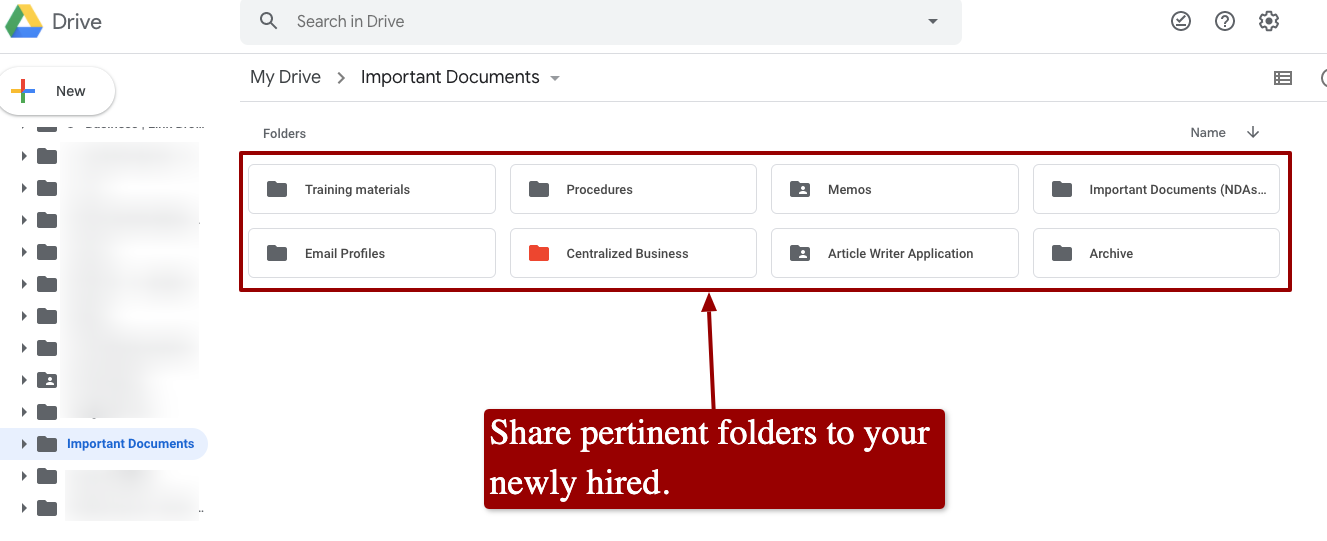
Google Drive also has permission levels that you can choose from to customize how you want your files shared.
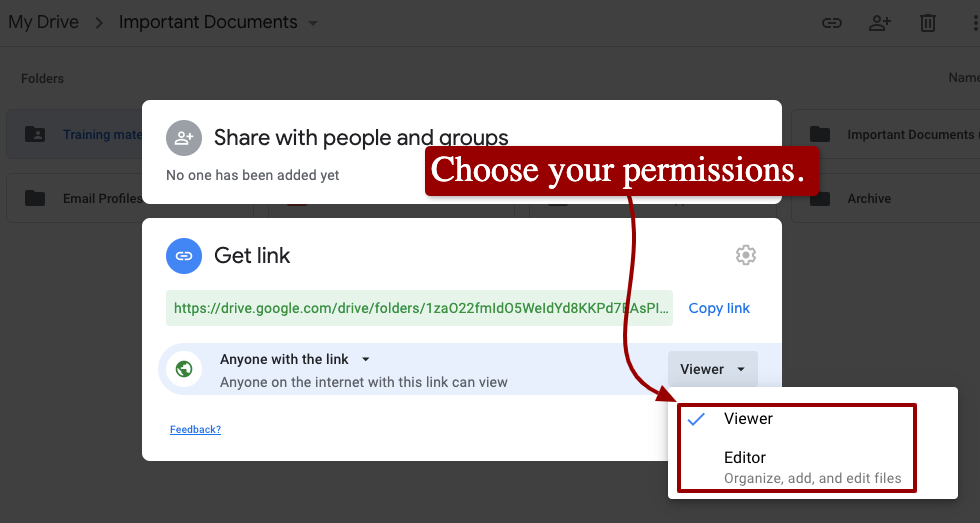
Create similar onboarding documents for third-party service providers you work with as well.
For instance, after going on an online marketplace to find the best web designers near you, use the document to guide your newly hired contractors through your onboarding process.
Bonus tip: Be mindful of the length of each of your documents. You might only overwhelm your newly hired. Shorten them to bite-sized-pieces to make your employee’s learning experience more pleasant, therefore, improve their retention.
5.Use a reliable project management platform.
Having a high-performing team is one thing; getting them to work like clockwork (harmoniously) is another.
That is why project management platforms are crucial, especially if you’re running a virtual team.
With the right platform, your team can collaborate from one place.
It’s worth pointing out that not all project management platforms are created equal.
Find a project management platform that’s reliable and robust — one that’s laden with useful features, yet has a user interface that isn’t overwhelming.
ClickUp is one such platform. With it, create group chats, assign tasks, set deadlines, create mini-goals, track your results, etc.
Here’s how the stage looks from the inside.
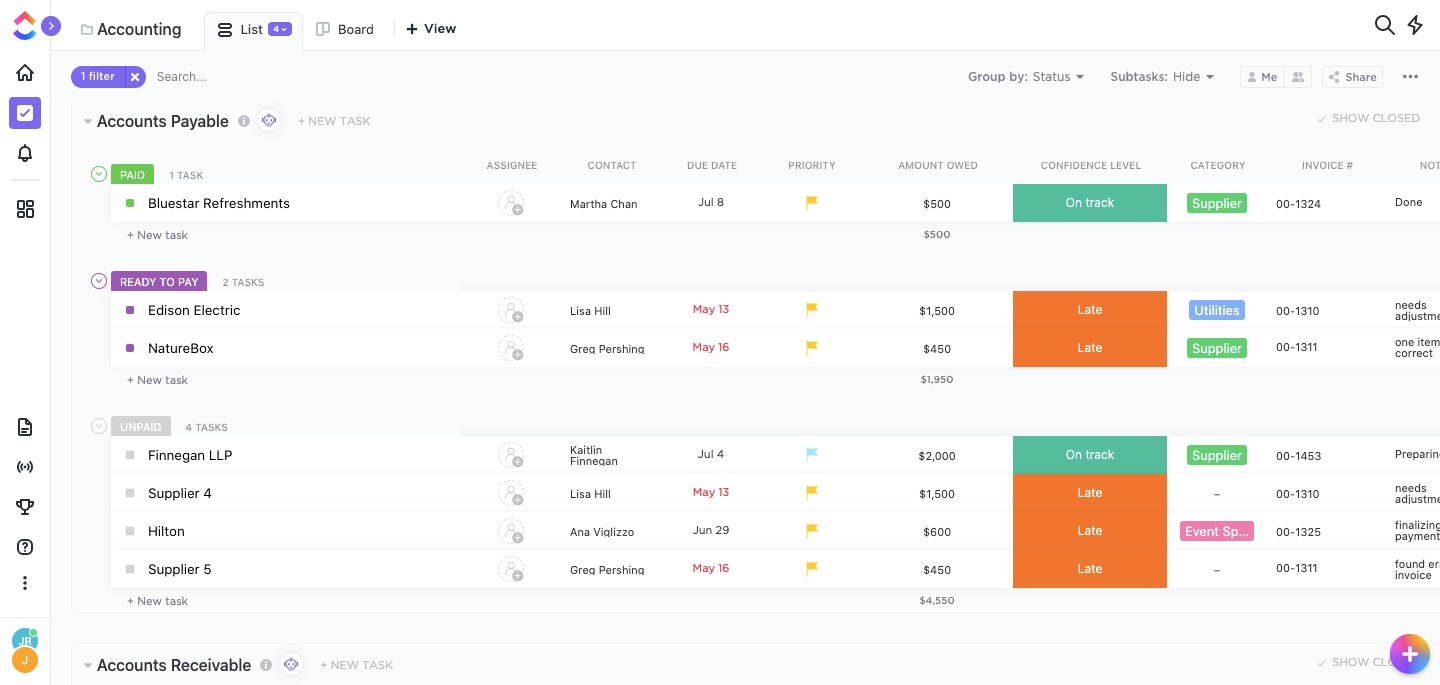
The tool even has countless automation functions.

With a robust project management platform, it becomes easier for your team to collaborate, making it easier for you to take your business to greater heights.
Bonus tip: Some platforms have templates you can use for your projects. ClickUp, for example, has a template for CRMs, accounting, etc. Use these templates and tweak them to fit your business’ dynamics. Though it’s certainly worth it, building your workspaces from scratch can take a lot of time.
Also Read: Ecommerce Development Agency- Eventige Media Group
6.Track your results.
“You can’t improve what you can’t measure.” You’ll find this statement all over the internet — and for a good reason.
Part of optimizing or streamlining an e-commerce marketing campaign is to remove ineffective parts. Or those that aren’t bringing excellent results.
You’d be hard-pressed to determine which parts are performing and which ones aren’t if you’re not tracking your results.
For example, let’s say you’re an executive coach who wants to run an email outreach campaign. It would help if you uncovered which among your email templates are opened by your recipients, and which ones are unnoticed.
By doing so, you’d know which email outreach templates to use or remove altogether.
Here’s Buzzstream’s reporting feature that shows the number of email templates sent, opened, clicked, and replied to.
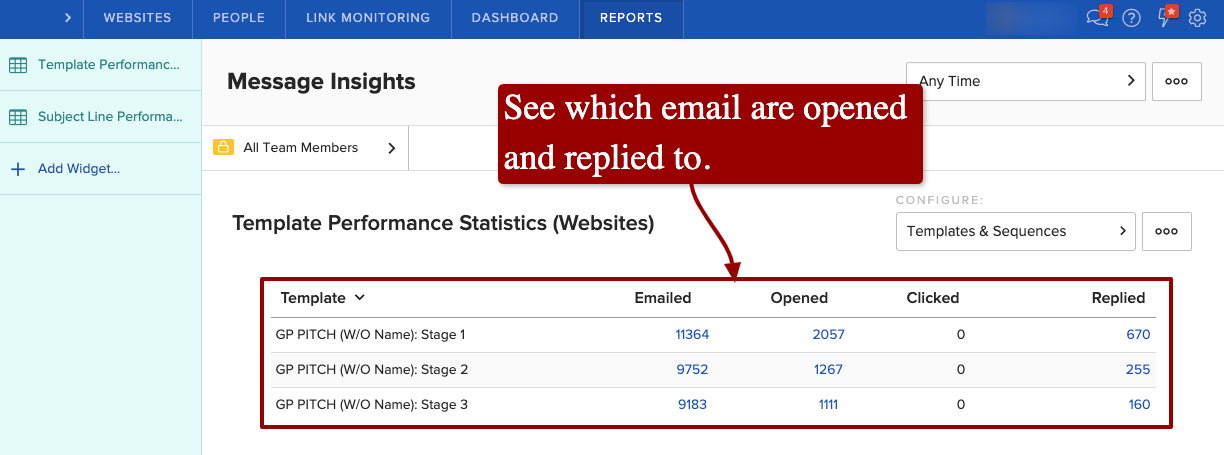
With the information, you can surmise which template is working well and produce the least ideal results.
Another aspect of your e-commerce business you can monitor is your pricing strategy. Doing so helps you set competitive prices, do market research, increase your profitability, and others.
Use the right price tracking tools online to collect and analyze your competitors’ prices, measure pricing metrics, glean valuable insights, and streamline other price monitoring aspects.
Bonus tip: Be selective about the metrics you’ll track and monitor. Not all the data you can get your hands on are essential. If you follow, monitor, and scrutinize every data set that your online platform presents, you’d be wasting your time.
What’s next?
Optimizing your e-commerce marketing campaigns doesn’t have to be rocket science.
Follow the tips we shared to improve your workflow and see your team’s productivity shoot through the roof and see your business grow.
If there are roadblocks and bottlenecks you’re facing with your e-commerce store, share them in the comments section below. That way, our community of readers can share their thoughts and learn from each other.
Shashi Teja
Related posts
Hot Topics
Everything You Need to Know About a Savings Plan in 2025
A savings plan is a financial tool that offers the combined benefits of insurance & growth. This ensures financial security…
Mobile Threat Defense: The Silent Shield Behind Every Secure App
Mobile apps are found everywhere in India’s rapidly developing digital landscape—from banking and online shopping to healthcare and learning. And…



